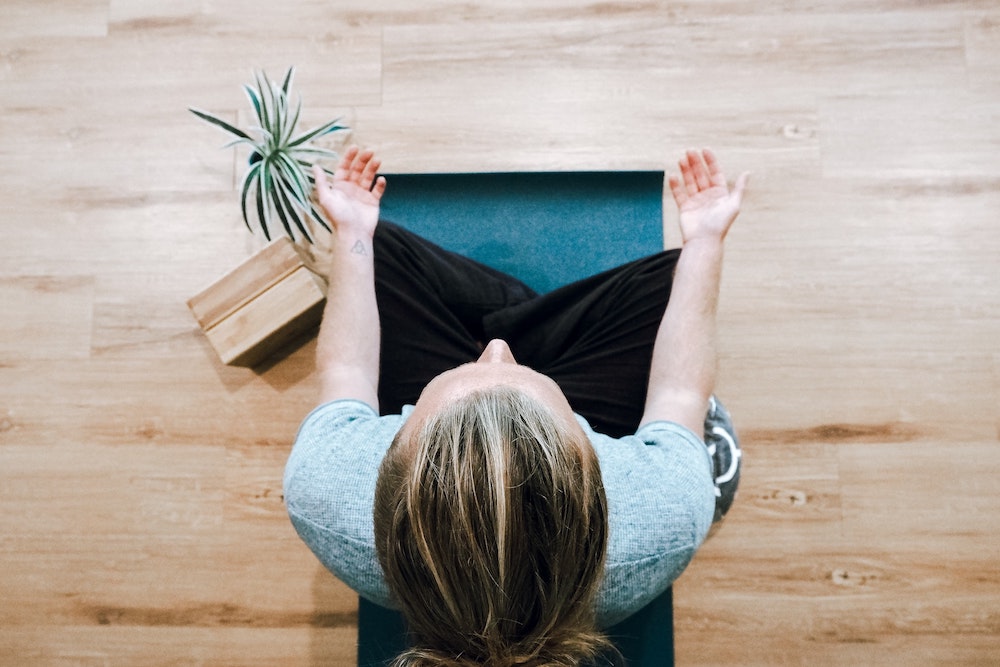Article by Kate Hesk, CPO, Cognomie
 Imagine this time, two years ago. Could you have predicted how much the world of work was about to change?
Imagine this time, two years ago. Could you have predicted how much the world of work was about to change?From hybrid working through to the Great Resignation, we’ve seen our home and work-lives upturned, meshed, then disentangled again. Navigating the uncertainty has sometimes felt it requires its own leadership qualification.
And perhaps because of this shift, organisations have started to recognise wellbeing as key to their employee experience, talent attraction and retention. There’s an openness that comes with talking about employee wellness that perhaps, even three years ago, was considered a nice-to-have rather than a strategic imperative. An acknowledgement that to thrive, we must connect the needs of our people, to the company’s purpose, vision, and each other.
But, when I’m working with senior women, as opposed to men, I keep coming across a real gap in terms of how we, as leaders approach our own wellbeing at a personal level.
So often, I speak to clients who are brilliant at promoting wellbeing for their teams, setting boundaries around work hours and mental health check-ins, but when it comes to cultivating their own? Not so much. Sound familiar? We’re experts at putting our own needs at the bottom of the list – at home and at work. And at the same time, doubling down on work, and often, shouldering most of the childcare and emotional labour.
Here’s the thing. Our own wellbeing is essential to authentic leadership. In creating a healthy workplace culture, walking our talk, and modelling genuine, positive behaviours for our teams – particularly other women – we get to create a new model of leadership that speaks to the new world of work. Here’s how:
By prioritising our own emotional and physical wellbeing, we give our teams permission to do the same. This means getting clear on what your own definition of work-life balance is, and communicating this successfully, as well as encouraging positive self-care habits throughout the day. My team knows that I start the day out in nature, that I attend regular yoga classes, and take regular laptop breaks throughout the working day. By prioritising my own well-being, I actively encourage team members to do the same.
I’ve found too that there’s the opportunity to connect through well-being – a shared interest in a sport, exchanging book recommendations or recommending podcasts forges another level of connection – much needed in today’s hybrid workplace.
Taking time to better understand ourselves helps us become more aware of the choices we make and in turn, how this impacts those around us. It also gives you the essential headspace to ask those bigger questions: What’s your purpose within the organisation? How do you connect values to what you’re focusing on right now? What kind of a leader do you want to be? If your development programme allows, investment in a coach or thinking partner can truly add value to this process, offering you a place and accountability to explore this self-enquiry.
Bringing small moments of mindfulness into your day is the authentic leader’s superpower. Checking in with your breath, paying attention to how you feel in the moment – perhaps before a team meeting or afterwards – and where you can find gratitude throughout the day are all great places to start.
Across my client base, I’m seeing a huge premium on psychological safety. The disruption of the workplace, job stress and pressures from home can impact our feelings of vulnerability and anxiety. By demonstrating your own commitment to well-being, you’re essentially advocating for your organisation’s commitment to a workplace built on trust and empathy. As leaders, it’s how we demonstrate this – through safe spaces for flexibility, clear boundaries and courageous conversations. This in turn, helps our teams bring their full selves to work.
What modelling your own wellbeing looks like – Spend time on what your own wellbeing pillars are – and know that these will vary from day to day, season to season. There may be times when this is about investing in your own development and personal growth – a course or committing to a coach – or it could be peppering in moments across the week when you take time out to rest and rejuvenate – for me this can be choosing to take my time over a particular work project, to gift myself white space, rather than rushing to get something done. Get creative. Play. Reconnect with what works for you.
Leading an authentic culture reset – The narrative around the impact of the pandemic on women in the workplace is well-documented – from burnout to overwhelm to women leaving the workforce in their thousands. As leaders, there’s an opportunity for us to ensure the wellbeing conversation stays front and centre of our corporate strategies, to create a truly holistic employee experience.
Embodying wellbeing into our own leadership styles too isn’t a luxury, it’s not frivolous or a soft skill. Rather it’s how we shape new possibilities for the future of work, helping us all to become more authentic, more whole in our work. Isn’t now the time to start?
